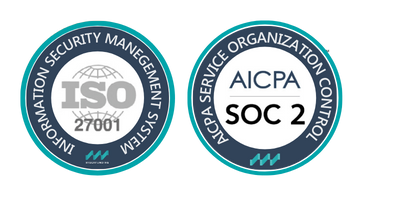Embracing Generative AI in Credit Risk: A Transformative Opportunity
Generative AI is rapidly gaining traction in various industries, including the traditionally conservative field of credit risk management. Since the public launch of OpenAI’s ChatGPT in late 2022, gen AI has seen explosive growth and integration into business applications, driving innovation across the financial sector.
Current Adoption and Use Cases
A recent McKinsey survey of senior credit risk executives from major financial institutions revealed that 20% have already implemented gen AI use cases, with 60% planning to do so within a year. Gen AI applications in credit risk span the entire credit lifecycle, including client engagement, credit decision processes, portfolio monitoring, and customer assistance.
Key use cases include:
- Client Engagement: Hyperpersonalized product recommendations and support for relationship managers.
- Credit Decision and Underwriting: Document review, policy violation detection, and automated drafting of credit memos.
- Portfolio Monitoring: Automated report generation and real-time risk identification.
- Customer Assistance: Personalized communication and restructuring support.
Current State and Benefits
Though Gen AI has not yet fully transformed credit risk management, initial implementations show promise. For example, a proof-of-concept gen AI tool for climate risk questionnaires reduced completion time by 90%. Additionally, gen AI tools for drafting credit memos have improved consistency and speed in the credit decision process.
Challenges
Despite its potential, scaling gen AI in credit risk faces several challenges:
- Risk and Governance: Concerns about fairness, IP infringement, privacy violations, and model explainability.
- Talent Shortages: A lack of gen AI expertise within organizations.
- Framework and Guardrails: The need for robust data quality, transparency, and formal organizational support.
Building a Gen AI Ecosystem
To harness gen AI’s full potential, financial institutions must develop a structured approach, including:
- An AI roadmap aligned with business strategy
- Aligned processes for safe and rapid experimentation
- A secure, gen AI-ready technology stack
- Integration with enterprise-grade foundation models and tools
- Robust automated supporting tools
- A governance and talent model for cross-functional expertise
- A modular solution architecture
- A library of reusable gen AI services and solutions
Major credit risk players are rapidly adopting gen AI, which promises to enhance efficiency, accuracy, and personalization across the credit lifecycle. Overcoming challenges related to risk governance, talent acquisition, and ecosystem development will be crucial for financial institutions to fully realise gen AI’s transformative potential and set new standards in credit risk management.
Building a successful Generative AI ecosystem requires a solid automation foundation to ensure efficient integration, data processing, and scalable model deployment.
How to implement Advanced AI and enhance risk assessment?
At Wiserfunding, we power our solutions with AI-powered ETL and machine learning technology that goes beyond traditional NACE codes to efficiently analyse extensive datasets and provide unmatched speed and accuracy. In addition to advanced automation, the Wiserfunding platform also automates data flows and processes to support efficient decision making. Our expert team is always ready to assist you with automating your strategies and share in-depth insights with cutting-edge tools.
SIMILAR POSTS

21 August 2024
How AI Transforms Lending: Insights for SME Finance
How AI Drives Our Solutions at Wiserfunding At Wiserfunding, AI is at the heart of our cutting-edge solutions. Our [...]

16 August 2024
Future of Global Trade by 2032: Strategic Scenarios for Financial Institutions Operating Internationally
Global instability from financial crises, the pandemic, and geopolitical conflicts makes traditional planning insufficient. In this context, ECAs are [...]

14 August 2024
Export Credit Agencies in a Global Trade Landscape – Review Q1 2024
The latest Global Trade Update (July 2024) from UNCTAD reveals a landscape of recovery and change in global trade. [...]



